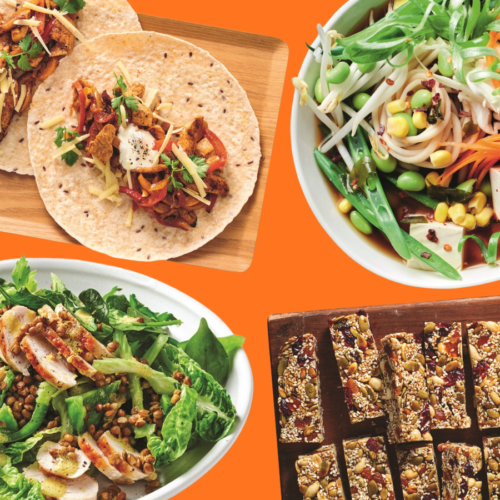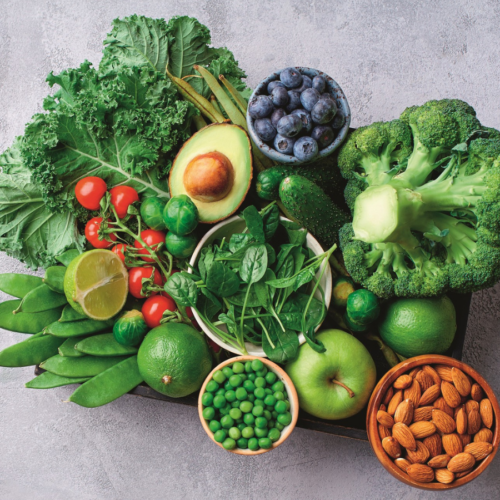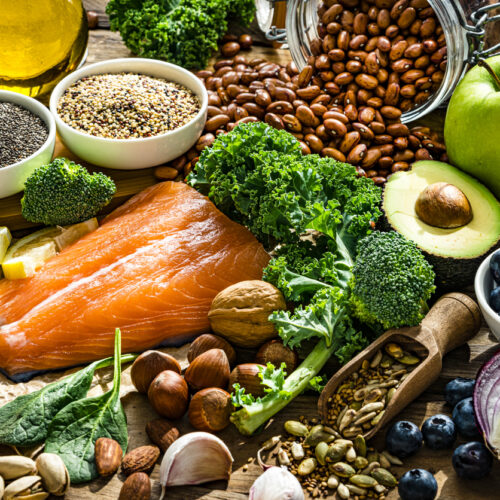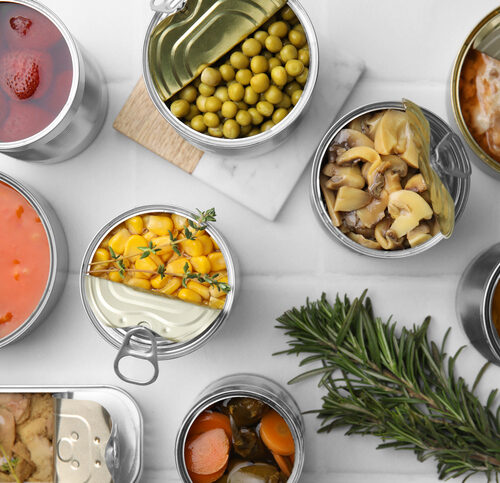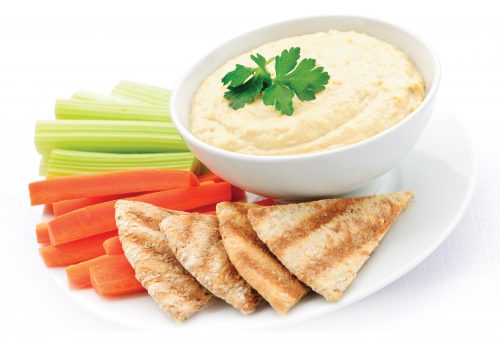
There’s no need to compromise on taste when you’re after a healthier dip. There are plenty of options — just watch out for the pitfalls. HFG senior nutritionist Rose Carr explains.
Legumes and veges
For anyone struggling to include legumes in their diet, hummus is a simple, healthy and tasty way to get started. Traditional hummus is made with chickpeas, tahini (sesame seed paste), olive oil, lemon juice and garlic. While it’s cheap, quick and easy to make at home, there are also lots of ‘original’ and flavoured hummus variants available that can be used as a dip or a spread.
We love plant-based dips using legumes and vegetables as these ingredients are naturally nutrient-dense. Legumes such as lentils, chickpeas and other beans, or vegetables such as pumpkin or kumara are often used.
Our favourite dips are made with 50 per cent or more plant foods. Check the ingredients list to see what’s in a dip.
Sodium
Our average sodium intake is around 3500mg each day, one-third more than the recommended upper limit for healthy adults and more than twice the amount recommended to reduce the risk of chronic disease (1600mg per day). Ideally, choose a dip with 400mg or less sodium per 100g but if that’s too restricting, limit it to 600mg or less sodium.
Saturated fat
It’s easy to consume high amounts of saturated fat — it is abundant in our food supply — so making an effort to choose products lower in saturated fat can really make a difference.
Beware dairy-based dips as these are often high in saturated fat. Tararua creamy dips have around 8g saturated fat per 100g and there are no reduced-fat variants. Yoghurt and cucumber or tzatziki dips are usually the exception to this, with less saturated fat, but check the nutrition information to be sure. Ideally, we recommend choosing dips with 3g or less saturated fat per 100g. If that is too restrictive, look for products with 5g or less saturated fat per 100g.
Energy
The energy content of dips varies widely from a low of around 400kJ up to around 2500kJ per 100g. If you think of 50g as one serve (one-quarter of a 200g pottle), we could consume as little as 200kJ or as much as 1250kJ from the dip, before we even add the crackers. If you’re watching your weight, we recommend choosing dips with 1000kJ or less per 100g, as a starting point. For anyone wanting to put on weight, higher-energy dips can be a healthy way to add energy, just check the energy is not from a high saturated fat content.
Stay safe
A ‘use by’ date is about food safety whereas a ‘best before’ date is about food quality. Most dips will have a ‘use by’ date and also advise they should be used within three to five days after opening. Keep dips chilled, check the label, and follow the advice. This is especially important for anyone with lowered immunity.
www.healthyfood.com


